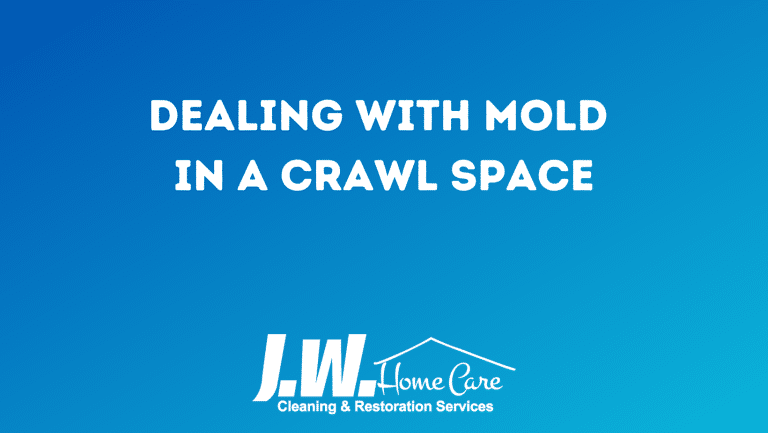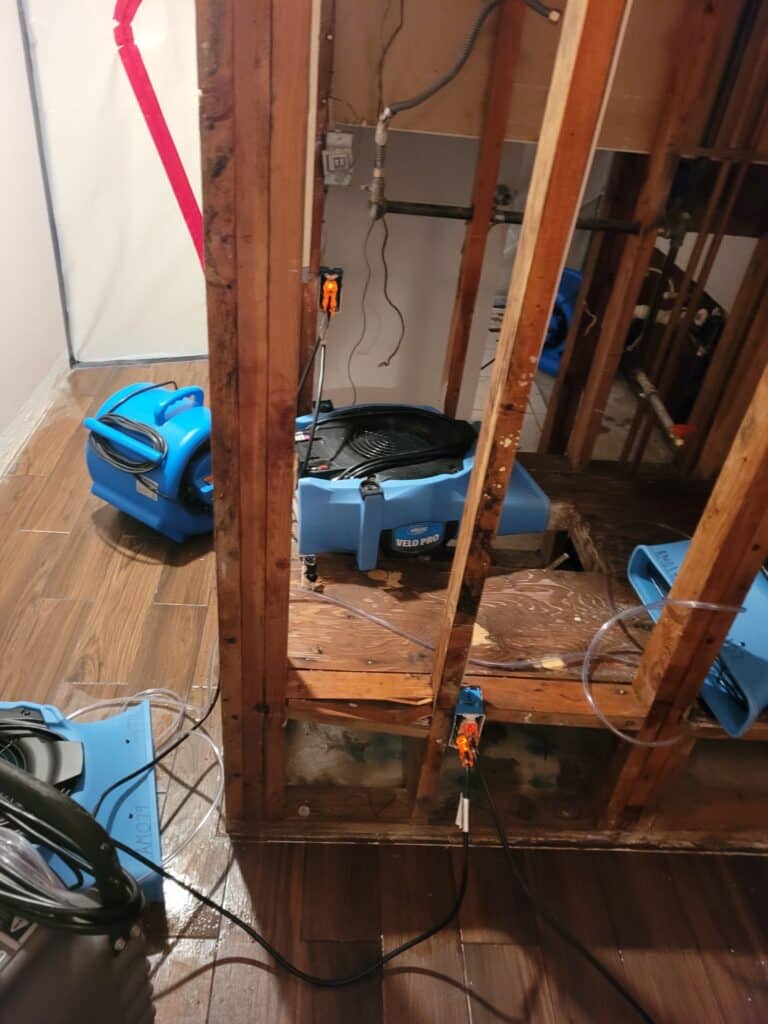Understanding The Water Damage Restoration and Extraction Process
“Water damage restoration” or “water mitigation” sounds like big phrases and the process is unfamiliar to many individuals. The steps and processes are easily explained. If you’re dealing with a water disaster, our experienced professionals at JW Home Care can briefly clarify the procedures necessary to get your home or business back in order, promptly.
Essentially, water damage restoration is the process of returning your home or business back to its pre-loss condition after the occurrence of any type of water damage incident. A few of the more common causes of water damage include a faulty appliance, sewer back-up and weather-induced flooding.
The water damage restoration process involves the basic steps of damage assessment, water removal, structure and contents clean-up, water extraction, drying and in some cases mold prevention or removal.
At JW Home Care, we provide 24-hour water damage emergency service. After we receive your call, a project manager will inspect, assess and document the level of damage that’s occurred in your home or business and recommend a plan of action.
Water Extraction & Removal
An unfortunate water incident can leave a substantial amount of standing water. If the water receded you’ll be dealing with drenched carpets, furniture and personal belongings. Accordingly, our highly trained and certified professionals will pump out excess water and extract using truck our specialized equipment.
Water Damage Clean-up by Professional Technicians
The clean-up process begins once the water is removed. This involves removing and discarding debris and items that can’t be restored. Then, our trained professional technicians thoroughly wash and disinfect the structure’s walls, ceilings and floors, as well as all salvageable contents affected.
Drying With Flood Drying Equipment
A very important step of water damage restoration is the use of specialized drying equipment. Even though the structure of a home or building may appear to be dry, pockets of water and moisture may be present in hard to reach areas. If all of the moisture isn’t removed, water damage will continue to progress.







